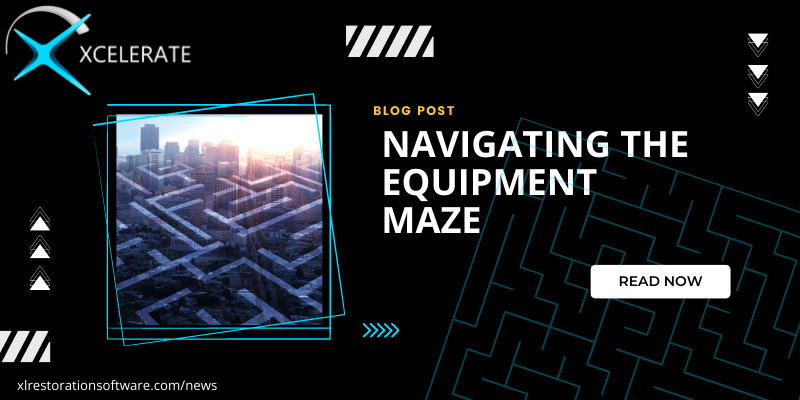Navigating the Restoration Equipment Maze: A Comprehensive Guide for Contractors
September 5, 2023 •Ember Davis

Navigating the Restoration Equipment Maze: A Comprehensive Guide for Contractors
Restoration contractors understand that having the right equipment at their disposal is essential for successful project outcomes. From water damage restoration to fire and mold remediation, having a well-equipped arsenal can significantly impact the quality and efficiency of the work. However, with a plethora of options available, choosing the right restoration equipment can be overwhelming. This comprehensive guide aims to steer restoration contractors through the equipment selection process, ensuring that they make informed decisions that align with their business goals.
Understanding Your Restoration Needs
Before diving into equipment options, it's crucial to assess your restoration business's unique needs. Consider the types of projects you handle most frequently and the specific tasks involved. Are you often dealing with water damage restoration, fire damage cleanup, mold remediation, or a combination? Understanding the scope of your services will help you narrow down the essential equipment for your business.
Quality Over Cost
While budget considerations are important, it's essential not to compromise on the quality of equipment. Investing in durable and reliable machinery might require a higher upfront cost, but it pays off in the long run with reduced maintenance and replacements. Look for equipment with proven track records in the industry, backed by reputable manufacturers.
Choosing the Right Equipment
-
Water Damage Restoration: When it comes to water damage, the initial response is crucial. Water extraction, dehumidification, and air movers are the fundamental pillars of effective restoration. To ensure you're equipped to tackle the range of water damage scenarios you might encounter, invest in versatile equipment. Opt for machinery that can efficiently handle varying degrees of water damage, from minor leaks to significant flooding. Versatility is key, as it allows your team to adapt quickly to the specific needs of each situation, ultimately accelerating the restoration process and minimizing further damage. This adaptability not only saves time but also demonstrates your commitment to providing efficient and comprehensive solutions to your clients' water damage concerns. As water damage restoration often constitutes the bulk of restoration work, having the right equipment can significantly impact the efficiency and effectiveness of your projects.
-
Fire Damage Cleanup: After the flames have been extinguished, the aftermath of a fire requires meticulous attention to detail. The lingering odors and contaminants can pose health risks and hinder the restoration process. In such cases, equipment like air scrubbers, ozone generators, and thermal foggers step in as indispensable tools. Air scrubbers work to filter and purify the air, removing smoke particles and other pollutants. Ozone generators release ozone molecules that break down odor-causing elements, effectively neutralizing unwanted smells. Thermal foggers disperse a fine mist that can reach into crevices, combating embedded odors. When selecting equipment for fire damage cleanup, prioritize those that are not only effective in odor and contaminant removal but also contribute to the restoration of indoor air quality. This not only ensures a safe and healthy environment for both workers and occupants but also speaks volumes about your commitment to thorough and comprehensive fire damage restoration.
-
Mold Remediation: Dealing with mold requires precision and a focus on both containment and removal to ensure the safety of all involved. The equipment used in mold remediation plays a pivotal role in achieving this delicate balance. High-efficiency particulate air (HEPA) vacuums are indispensable tools, capable of capturing even the tiniest mold spores, preventing their spread during the cleaning process. Alongside, air purifiers equipped with HEPA filters can help improve the air quality by removing airborne mold spores and allergens. Containment barriers are also crucial, as they isolate the affected area from the rest of the property, preventing cross-contamination. When choosing equipment for mold remediation, prioritize those that not only efficiently remove mold but also inhibit its further spread. This dual approach not only guarantees a thorough removal process but also ensures the health and safety of both workers and occupants. By investing in equipment that meets these criteria, you not only enhance your mold remediation efficiency but also uphold the standards of health and safety necessary for successful restoration projects.
Staying Up-to-Date with Technology
The restoration industry is constantly evolving, and technology plays a significant role in this evolution. Look for equipment that incorporates the latest advancements, such as smart sensors, automation features, and real-time monitoring. These technologies not only enhance the efficiency of your operations but also contribute to improved customer satisfaction.
Seeking Expert Advice
Don't hesitate to consult with industry experts, fellow contractors, and equipment suppliers. They can provide valuable insights based on their experiences and help you make informed decisions. Additionally, attending trade shows and workshops can expose you to new equipment innovations and best practices.
Maintenance and Training
Effective equipment operation requires proper training for your team. Ensure that the suppliers provide comprehensive training resources, and consider investing in ongoing training to keep your team updated on equipment usage and maintenance.
In the dynamic world of restoration, choosing the right equipment isn't just about tools – it's about building a foundation for excellence. Armed with the knowledge gained from this guide, you're well-equipped to make informed decisions that will drive the success of your restoration business. Remember, your equipment isn't just an investment in machinery; it's an investment in the quality of your work, the satisfaction of your clients, and the growth of your business. So, go ahead and equip yourself for success, because in the restoration industry, the right tools can transform challenges into opportunities and turn every project into a story of restoration done right.

